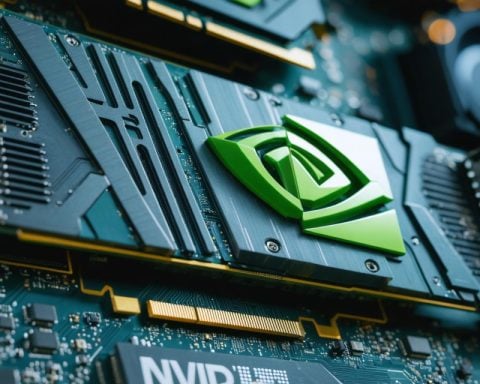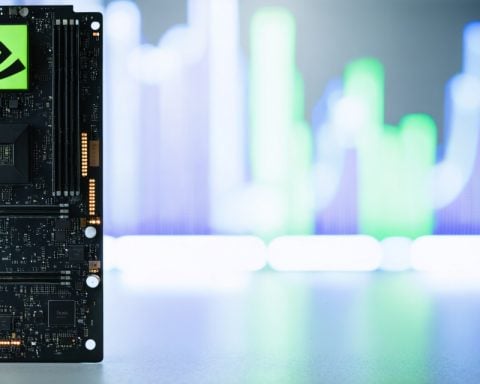- Mileage for Tesla’s FSD program increased significantly with the v13 update, now exceeding 15,000 miles.
- Despite mileage gains, Tesla’s mileage between disengagements fell to 489 miles, below previous performance and expectations.
- The goal of reaching 700,000 miles between interventions highlights the substantial challenge ahead for achieving true autonomous driving.
- Musk hints at a potential unsupervised ride-hailing service in Austin, drawing comparisons to Waymo.
- Tesla’s journey to fully autonomous vehicles remains complex, requiring significant technological advancements and market differentiation.
Tesla’s Full Self-Driving (FSD) program, once hailed as the future of autonomous vehicles, finds itself navigating tricky terrain. Recent data offers a mixed picture of progress, with numbers that tell a cautious tale. Mileage has skyrocketed, jumping from 8,000 to nearly 15,000 miles since the release of the FSD v13 update. However, these gains come with a twist.
The real story lies in the crucial metric of miles driven between disengagement, which has dipped significantly—from 723 to a mere 624 miles. Currently, Tesla averages only 489 miles between necessary interventions, a far cry from Elon Musk’s promises of substantial improvement. Experts in the field believe Tesla needs a monumental leap to 700,000 miles between critical interventions to truly achieve autonomy. These numbers suggest that despite its advancements, the FSD program is struggling to keep pace with expectations.
Adding to the intrigue, Musk has hinted at the launch of an unsupervised ride-hailing service in Austin, reminiscent of Waymo. But can Tesla transform these ambitious plans into reality, or will it merely mimic existing technology without the bold breakthroughs it promises?
As Tesla moves forward, one thing is clear: the road to fully autonomous driving remains fraught with technical and competitive hurdles. The takeaway? While Tesla continues to innovate, achieving true autonomy demands tackling these challenges head-on, proving that even giants in the industry must navigate the winding paths of progress.
Tesla’s FSD: The Promise vs. Reality of Autonomous Driving
How does Tesla’s Full Self-Driving (FSD) stack up against its competition?
Tesla’s Full Self-Driving (FSD) technology remains a significant player in the autonomous vehicle market, but it faces stiff competition from other companies like Waymo and Cruise. While Tesla has made advances, such as increasing mileage from 8,000 to nearly 15,000 miles, it lags in the critical metric of miles driven between disengagements, which has dropped significantly. In contrast, companies like Waymo report much higher disengagement numbers, suggesting a more reliable performance. Tesla’s strength lies in its extensive fleet data and over-the-air updates, yet this is not enough to ensure competitiveness without substantial improvements in reliability and performance metrics.
What innovations has Tesla introduced in its FSD program, and what challenges remain?
Innovation remains a hallmark of Tesla’s FSD program. The recent unveiling of the v13 update highlights improvements in navigation and object detection, contributing to enhanced route efficiency and safety. Moreover, Tesla is exploring unsupervised ride-hailing, starting in Austin, which, if successful, could disrupt traditional taxi and ride-sharing markets. However, this ambition faces hurdles, like achieving the monumental 700,000 miles between interventions necessary for true autonomy. The main challenges include refining machine learning algorithms to handle diverse and unpredictable real-world environments and addressing regulatory barriers.
Why is Tesla’s dream of an unsupervised ride-hailing service a potential game-changer?
The prospect of Tesla launching an unsupervised ride-hailing service represents a potential game-changer by shifting the landscape of urban mobility. Unlike existing services, Tesla’s model wouldn’t rely on human drivers, potentially reducing costs and increasing accessibility. However, the feasibility of this service depends heavily on significant improvements in the FSD system to enhance reliability and safety. If Tesla can navigate these challenges, it could set new standards for convenience and efficiency in transportation, offering a compelling alternative to both personal vehicle ownership and traditional ride-hailing services.
For further insights into Tesla and its technologies, consider visiting the official Tesla website .














